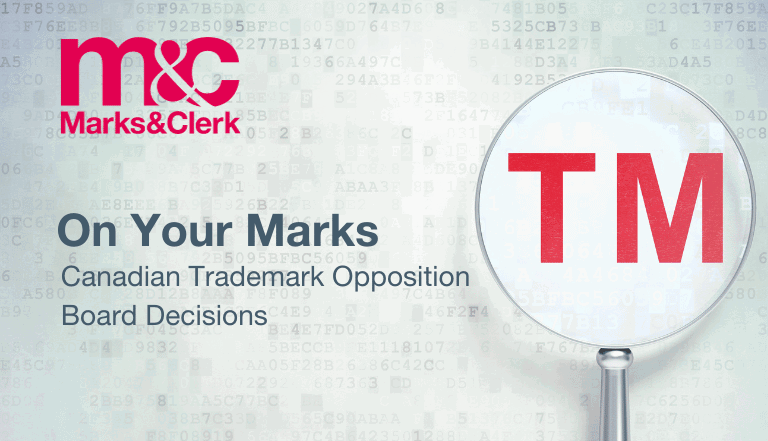Main Takeaway
If an applicant submits state of the register evidence consisting of 6 or fewer third-party trademarks, such evidence is more likely to be considered insufficient to infer that a term is so commonly used in the Canadian marketplace such that consumers would readily be able to distinguish between two trademarks that comprise the same term. This is especially the case if the applicant does not submit evidence of actual use in the marketplace of those third-party trademarks and if most of those trademarks are not used in association with goods or services that overlap with the goods or services associated with the previously filed or registered trademark of relevance.
Background
RH US, LLC (the “Applicant”) filed an application for the trademark “RH OASIS” (the “Mark”) in association with the services listed below:
Class 35: (1) Retail store services, online retail store services and mail order catalog services featuring a wide variety of consumer goods in the field of home furnishings, namely, outdoor furniture, lighting, lanterns, fire tables, umbrellas, pillows, outdoor fabrics, gardening tools, planters for flowers and plants, clothing and apparel, outdoor storage, outdoor heating, outdoor decorations and ornaments.
Class 30: (2) Café services; restaurant services; bar services.
Oasis Fashions Online Limited. (the “Opponent”) opposed the registration of the Mark primarily on the basis that it is confusing with the trademark “OASIS”, which was registered by the Opponent’s related company in association with the retail sale of women’s clothing.
Decision
In Oasis Fashions Online Limited and RH US, LLC, 2023 TMOB 124 (CanLII), the Opposition Board only refused the Mark with respect to the “clothing and apparel” portion of the associated statement of services, but otherwise rejected the opposition.
Reasoning
The Opposition Board did not consider the prefix “RH” to significantly impact the inherent distinctiveness of the Mark since simple combinations of letters or initials are generally considered to be weak marks (or elements of marks) with a low degree of inherent distinctiveness. Accordingly, the Opposition Board found a significant degree of resemblance between the Applicant’s “RH OASIS” mark and the registered “OASIS” mark.
The Applicant submitted state of the register evidence showing at least six marks in the name of four different entities (other than the Applicant, the Opponent, or the Opponent’s related company), which prominently feature the word “OASIS”. However, the Opposition Board found the number of third-party trademarks highlighted by the Applicant to be “small”, with only one of those trademarks featuring clothing-related services. Further, the Opposition Board emphasized that the Applicant had not filed any evidence of actual use of any of these third-party trademarks in determining whether the term “OASIS” is so commonly used in the Canadian marketplace in association with the retail sale of clothing that consumers would readily be able to distinguish between the parties’ trademarks in this case.
Nonetheless, other than the “clothing and apparel” portion of the statement of services associated with the Mark, the Opposition Board found the remaining services to be sufficiently different from the goods and services associated with the registered OASIS mark and the opposition was therefore refused in respect of these services.



